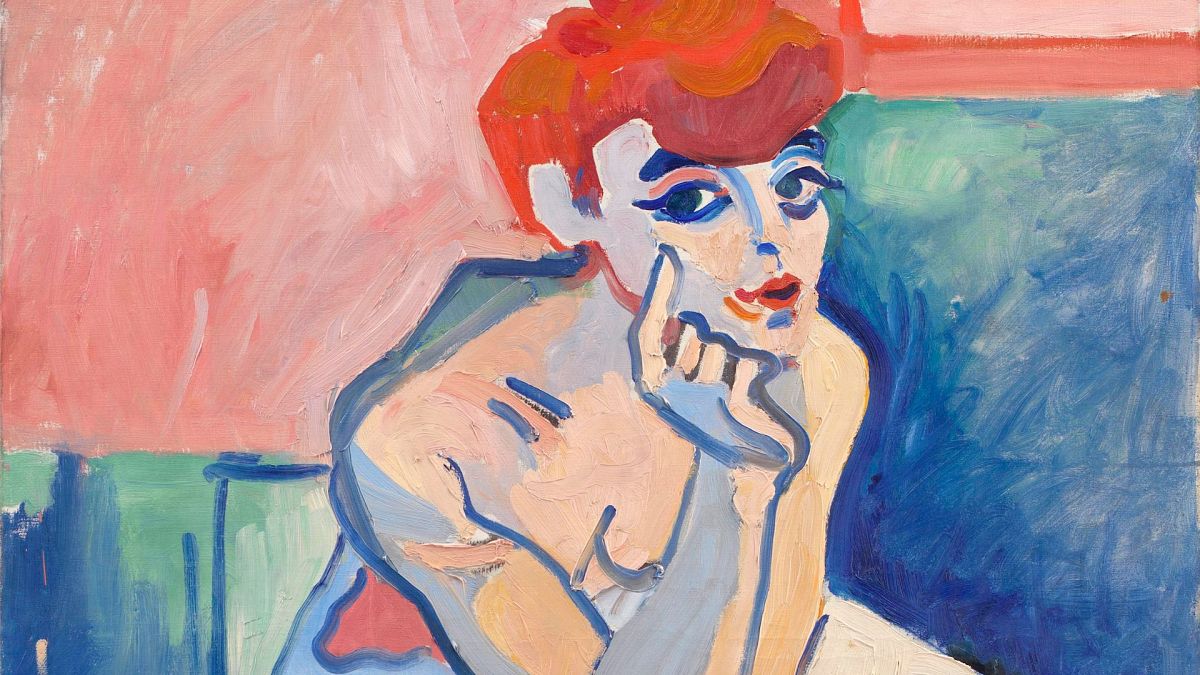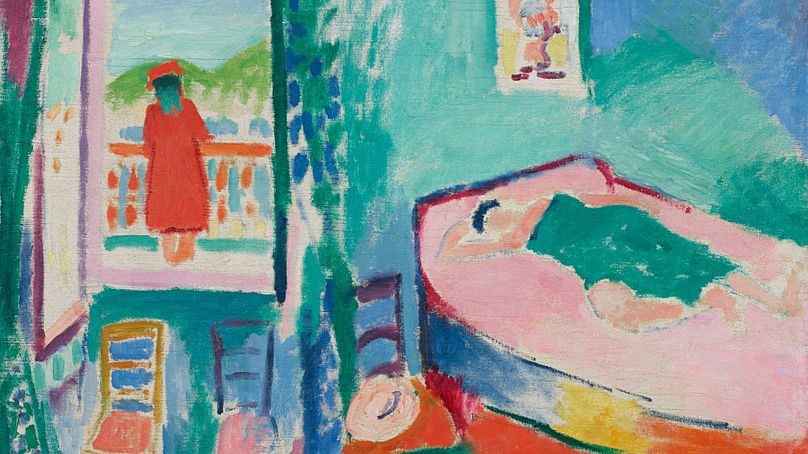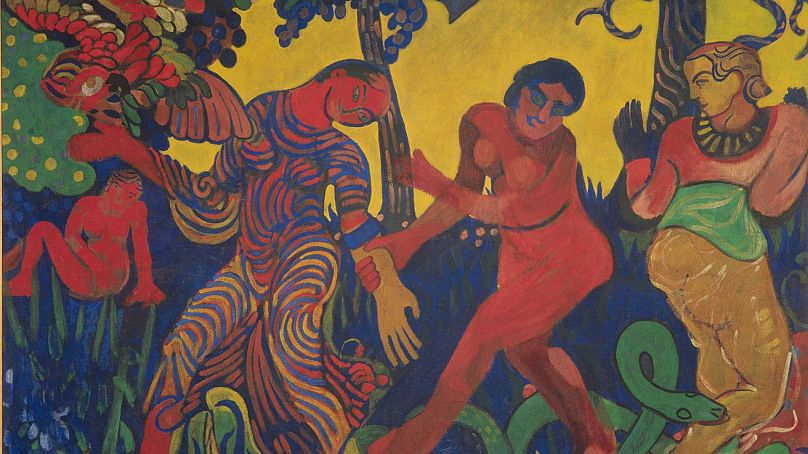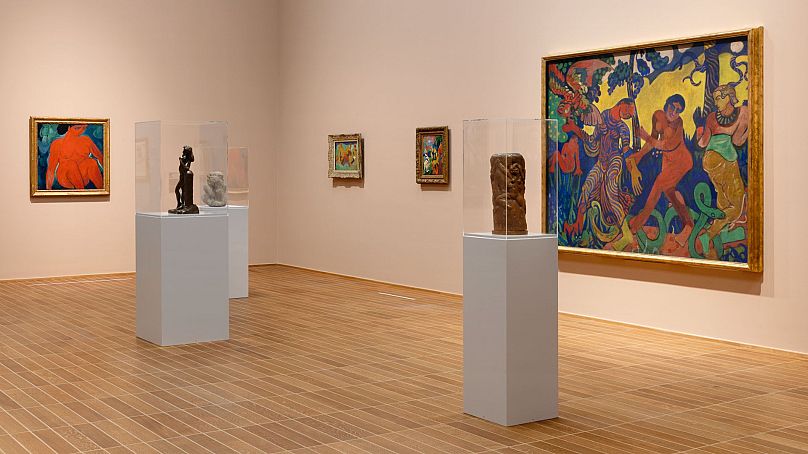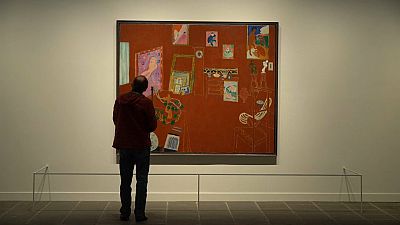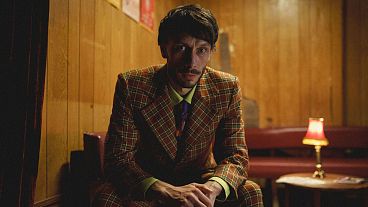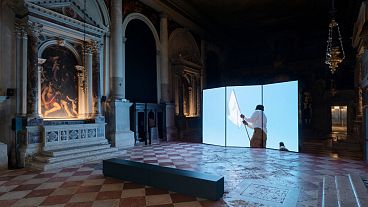The newly opened exhibition features French masterpieces from the likes of Henri Matisse, André Derain, Raoul Dufy and Maurice de Vlaminck.
Kunstmuseum Basel in Basel, Switzerland has opened a major exhibition exploring the revolutionary avant-garde movement that shook the foundations of 20th-century art: Fauvism.
With a collection of around 160 masterful work, some long shrouded from public view, the exhibition delves deep into the kaleidoscopic world of colour experimentation led by Fauvism's pioneers, including Matisse, Derain, and Vlaminck.
"Matisse, Derain and Friends: The Paris Avantgarde 1904–1908", which runs until 21 January 2024, also casts an overdue spotlight on the often-overlooked contributions of women artists who were instrumental in shaping and cementing this movement.
The Fauvist revolution
The roots of Fauvism can be traced back to the turn of the 20th century, when a group of young artists in Paris began to experiment with colour in ways previously unimagined.
The leader of the group was Henri Matisse, who had arrived at the Fauve style after experimenting with the various Post-Impressionist approaches of Paul Gauguin, Vincent van Gogh, and Georges Seurat.
Matisse’s studies led him to reject traditional renderings of three-dimensional space and to seek instead a new picture space defined by movement of colour.
Essentially, Fauvism was the belief that colour should not merely represent reality but should be allowed to exist for its own sake.
The other major Fauvists were André Derain, who had attended school with Matisse in 1898–99, and Maurice de Vlaminck, who was Derain’s friend.
Derain’s Fauvist paintings translate every tone of a landscape into pure colour, which he applied with short, forceful brushstrokes, as seen in his iconic 1906 painting, "La Danse".
The agitated swirls of intense colour in Vlaminck’s works are indebted to the expressive power of van Gogh.
The term "Fauvism" itself was intially coined by the French word "les fauves," which means "wild beasts." This label was used mockingly by art critic Louis Vauxcelles in 1905 at the Salon d'Automne, when he saw the works of Mattise, Derain, and other contemporaries.
What to expect from the exhibition?
"Matisse, Derain and Friends" unfolds as a testament to the movement's transformative power.
The exhibit showcases brilliant works by Matisse, Derain, Georges Braque, Sonia and Robert Dalunay, Kees van Dongen and Raoul Dufy - many of which have not been on public view for decades.
Among Matisse's creations, "Luxe, Calme et Volupté" (1904) and "La Gitane" (1905) are particular highlights, while Derain's renowned "La Danse" (1906) stands as an ode to his early genius.
While the term "Fauves" might evoke masculine vigour, the exhibition unveils a hidden narrative: the vital role played by women artists within the movement. Often relegated to the shadows, these women brought their creative force to the forefront.
Amélie Parayre-Matisse's textile designs provided indispensable financial backing for her husband's artistic endeavours, while Émilie Charmy fearlessly breached the male-dominated Fauvist circle.
Not to be forgotten is the indispensable contribution of art dealer Berthe Weill, who staunchly supported and showcased the Fauvists, even providing a platform for emerging women artists.
The exhibition also presents historic sources that offer new insights into the social reality of the sex workers, among whom the Fauves recruited some of their models, representing the first time that the topic of sex workers has been addressed in a Fauvism exhibition.
If you're interested in discovering art exhibitions to attend in Europe this autumn, make sure to explore our carefully curated list of the top ten upcoming ones here.
"Matisse, Derain and Friends: The Paris Avantgarde 1904–1908" runs until 21 January 2024.
